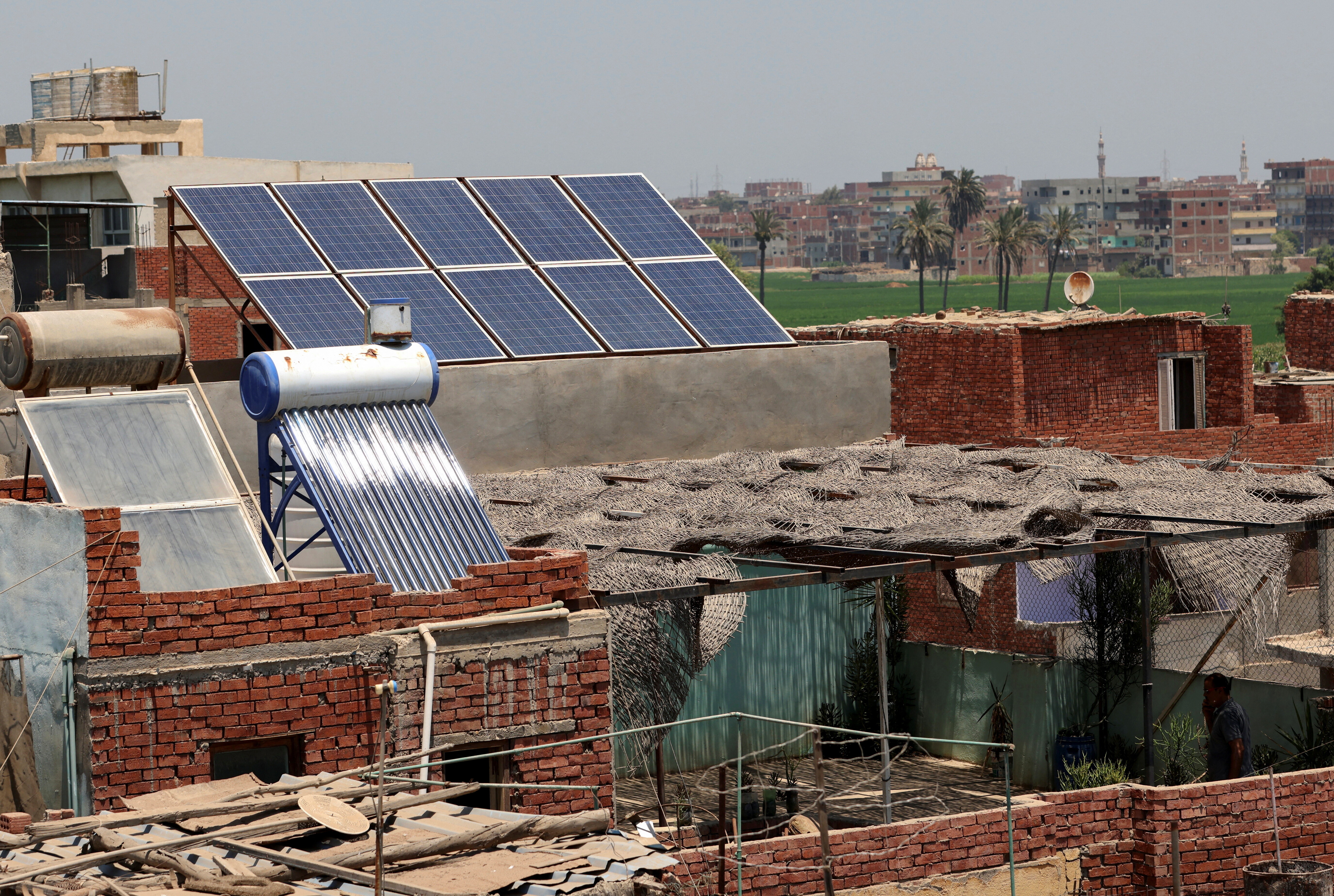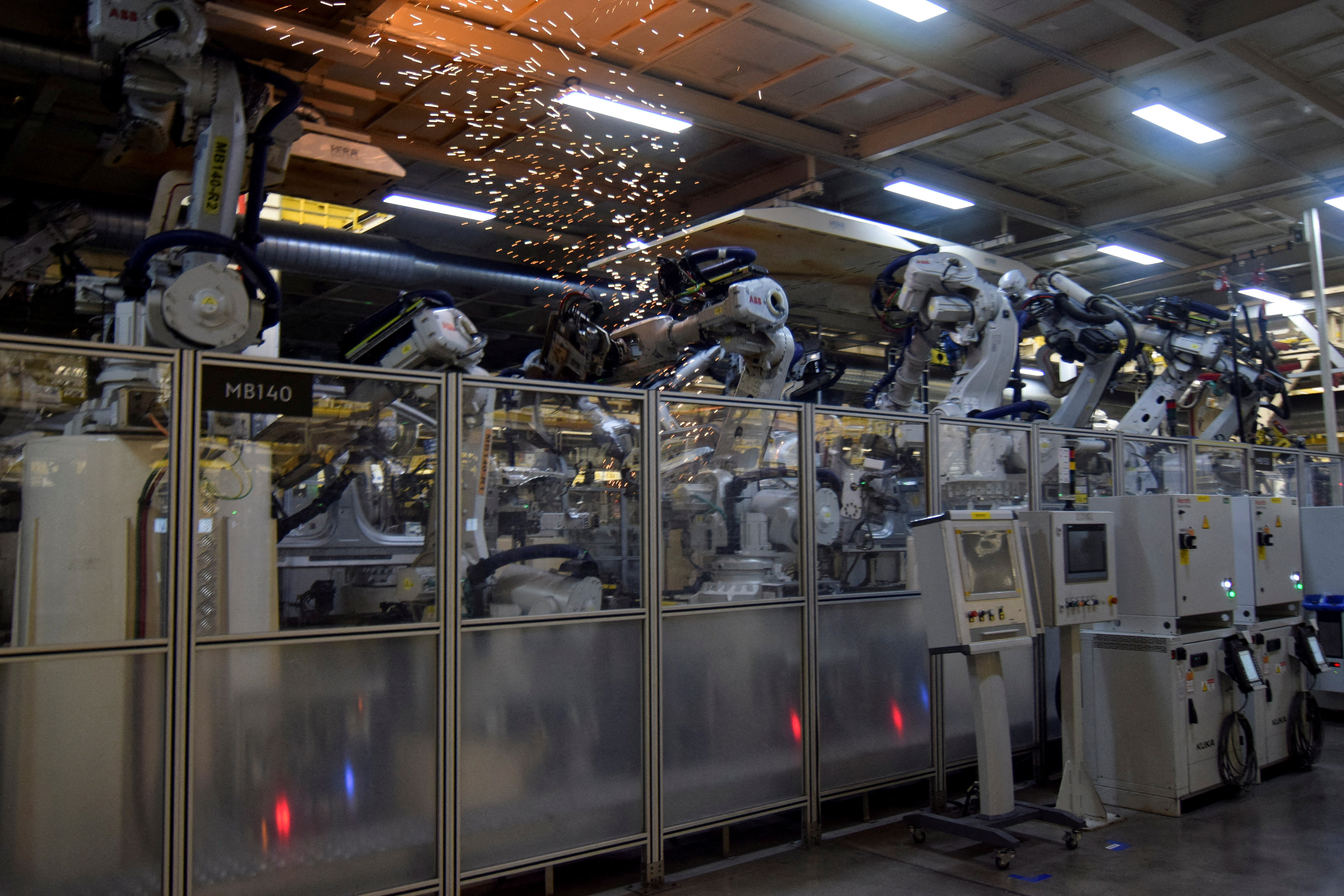What is natural capital accounting?

Stay up to date:
Philippines
Each time I go to Manila, I can’t help but feel a bit overwhelmed by the hustle and bustle of the city. It seems that with each visit I make, a newer, taller building is being built, a road is being paved and, from time to time, a new shopping mall is waiting to be opened.
These are all signs of a rising middle class reaping the benefits of the country’s impressive economic performance.
The island nation, where people’s sunny disposition matches its warm climate, has also emerged as the newest darling destination for over four million tourists last year. In 2014, Palawan was voted the most exotic island in the world in its annual Condé Nast’s Reader’s Choice Awards.
Economic gain at environmental loss
However, as an environmental economist, I also think of the trade-offs that come on the heels of this type of development.
There is the traffic and pollution that Metro Manila residents – some local World Bank staff included – have to contend with every day. When it rains, it floods. Once, colleagues and I were stuck in traffic that did not move an inch for five hours when a sudden downpour clogged Metro Manila’s arteries of streets and highways.
Even when you escape to Laguna de Bay, three hours south of Manila, you will see signs of environmental degradation. Some 20% of the Philippine population depend on this basin for water, food, energy, recreation and livelihood, and an estimated 60% of the country’s GDP comes from Metro Manila and CALABARZON (Cavite, Laguna, Batangas, Rizal and Quezon provinces). A growing population along the lake’s shores, increased fishing and pollution stretch Laguna de Bay far beyond its capacity and contribute to the degradation of this vital natural resource.
Further down the archipelago is Southern Palawan, one of the most biodiverse areas in the Philippines and home to a number of indigenous peoples and three large protected areas of forest and marine resources. It is an area with immense economic potential and is rich in mineral resources. However, increased agriculture, mining and fishing are altering its ecosystems.
The combination of a growing population and increased economic activity all come at a cost to the environment. Non-sustainable use of natural resources, without accounting for their value, could become a major threat to the long-term economic growth the Philippines is poised to claim.
Ecological and economic balance
Natural capital accounting is a tool that can help measure the full extent of a country’s natural assets and give perspective on the link between the economy, ecology and our environment.
Since the UN Statistical Commission adopted the System for Environmental and Economic Accounts (SEEA) as a statistical standard for all countries in 2012, we now have a common methodology to measure a country’s wealth as a combination of produced infrastructure, social and human natural resources which are also referred to as natural capital.
Through WAVES (Wealth Accounting and the Valuation of Ecosystem Services), eight countries, including the Philippines, formed a global partnership that will apply the principles of natural capital accounting to environmental protection and conservation.
In the Philippines, natural capital accounting is a dynamic collaboration of different government agencies led by the National Economic and Development Authority (NEDA).
Supported by the World Bank, multi-stakeholder technical working groups have been working since 2013 on constructing a minerals account as well as ecosystem accounts in Laguna de Bay and Southern Palawan.
The minerals account will provide necessary data on the amount, depletion and value of the country’s stock of gold, copper, chromium and nickel. This information will enable the government to develop efficient and equitable ways of sharing the revenues from mineral extraction.
By developing hazard maps and costing the flood risk for the exposed municipalities in Laguna de Bay, the ecosystem accounts can help inform disaster risk management and land use planning. Ecosystem accounting can help local government better plan development policies and manage resource use conflicts in Southern Palawan.
Natural capital accounting will help governments like the Philippines achieve a delicate balance between their economies, ecology and environment. Do you agree that placing a value on our natural resources and the many benefits and services it provides will help us as a global community attain our goal of inclusive growth, development and sustainability today and in the future?
This article was first published by The World Bank’s East Asia & Pacific on the Rise blog. Publication does not imply endorsement of views by the World Economic Forum.
To keep up with the Agenda subscribe to our weekly newsletter.
Author: Stefanie Sieber is an Environmental Economist at the World Bank and focuses on natural resource management and climate change-related issues in the East Asia and Pacific region.
Image: Corporate and condominium buildings are seen in Mandaluyong City, Metro Manila March 27, 2013. REUTERS/Cheryl Ravelo.
Don't miss any update on this topic
Create a free account and access your personalized content collection with our latest publications and analyses.
License and Republishing
World Economic Forum articles may be republished in accordance with the Creative Commons Attribution-NonCommercial-NoDerivatives 4.0 International Public License, and in accordance with our Terms of Use.
The views expressed in this article are those of the author alone and not the World Economic Forum.
Related topics:
Forum Stories newsletter
Bringing you weekly curated insights and analysis on the global issues that matter.
More on Economic GrowthSee all
Marco Lambertini and Marcelo Bicalho Behar
November 6, 2025
Souleymane Ba and Nakul Zaveri
November 4, 2025
Aimée Dushime
November 4, 2025
Junpei Guo
October 30, 2025
Dylan Reim
October 29, 2025
Børge Brende and Ahmed Al-Khateeb
October 29, 2025





